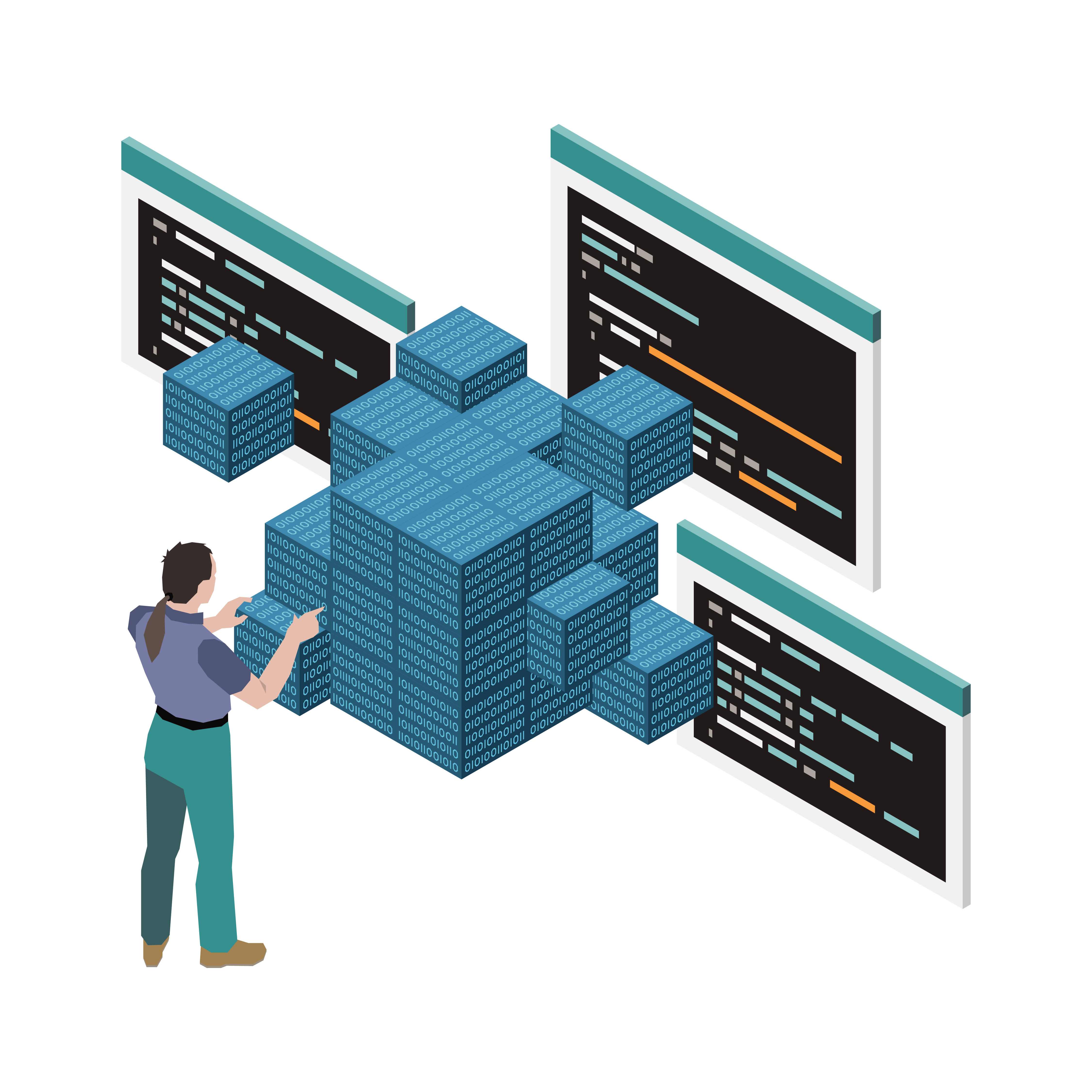
Developer Experience: Mastering Productivity with the SPACE Framework
The SPACE framework helps developers measure and improve productivity by focusing on Satisfaction, Performance, Activity, Collaboration, and Efficiency. Learn how to optimize team workflows in 2025.
Javed Iqbal
9/9/2025
Developer Experience (DX) is gaining attention as organizations realize productivity isn't just about code—it’s about environment, processes, and collaboration. The SPACE framework provides a structured approach to measure and enhance DX.
1. What is the SPACE Framework?
The SPACE framework breaks down developer productivity into five dimensions: Satisfaction, Performance, Activity, Collaboration, and Efficiency. By evaluating each, teams can improve both individual and organizational productivity.
2. Dimensions Explained
- Satisfaction & Well-being: Developer happiness, engagement, and job satisfaction.
- Performance: Quality and impact of code delivered, not just quantity.
- Activity: Work completed, including commits, pull requests, and tasks.
- Collaboration & Communication: How effectively developers interact in teams.
- Efficiency & Flow: Time spent in productive work versus context switching.
3. Implementing the SPACE Framework
Start by collecting metrics in each category. Use code reviews, commit histories, team surveys, and collaboration tools. Analyze trends over time to identify areas for improvement and remove blockers that reduce productivity.
4. Benefits of Focusing on DX
- Higher developer satisfaction and retention.
- Improved code quality and delivery performance.
- Better collaboration and reduced friction in teams.
- Informed decision-making using concrete DX metrics.
Conclusion
By adopting the SPACE framework, developers and managers can create a more productive, engaging, and efficient development environment. DX is no longer optional—it’s a competitive advantage for modern software teams.